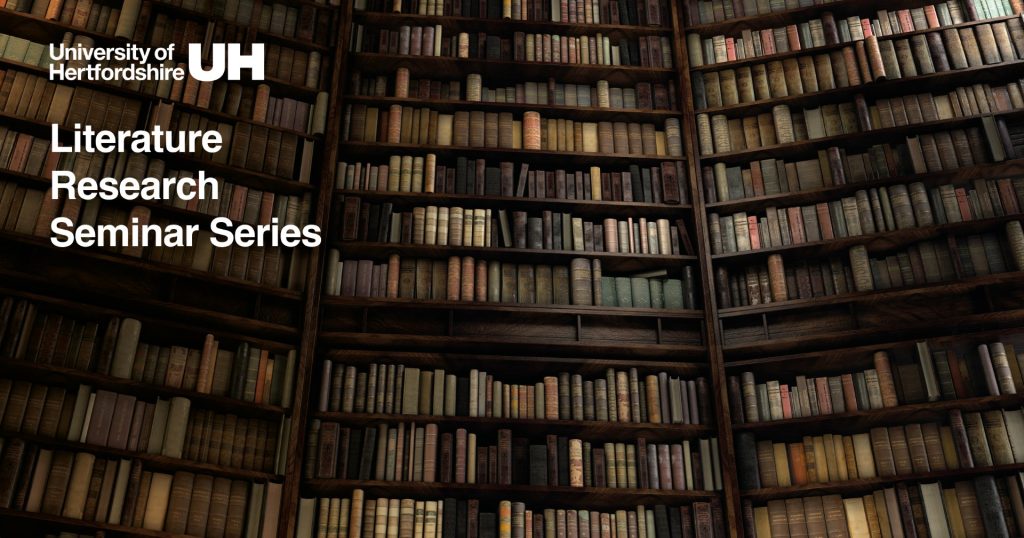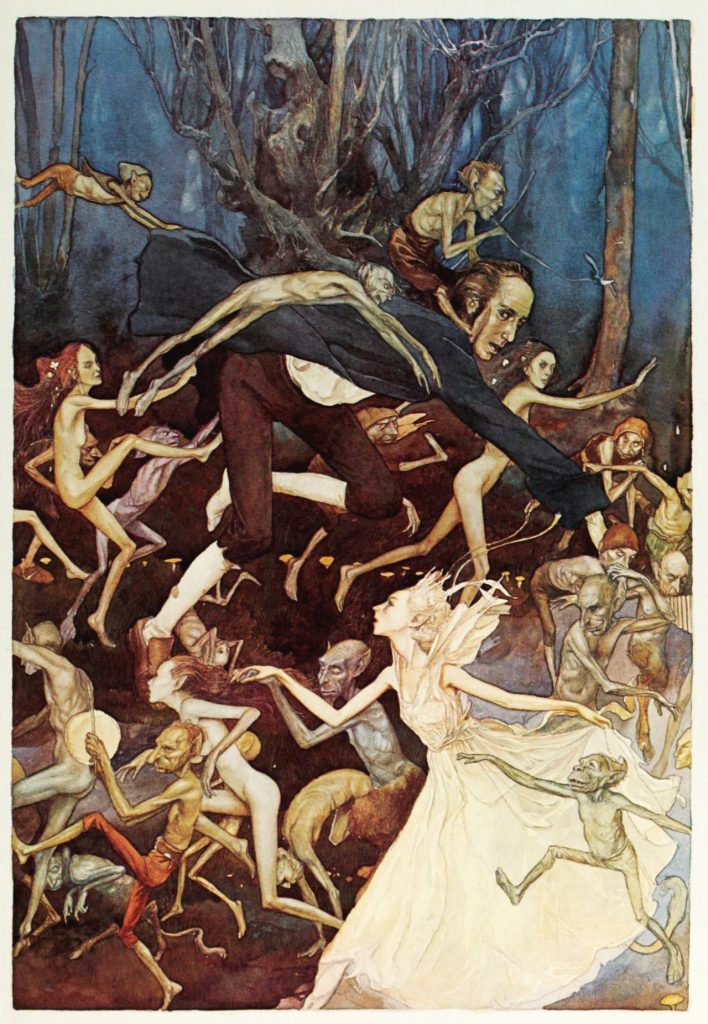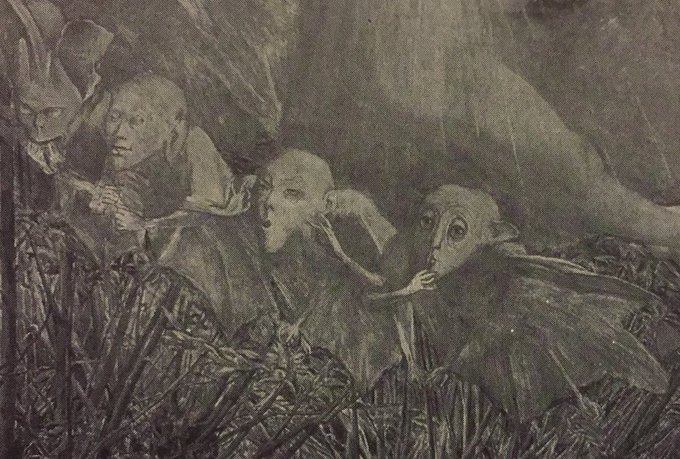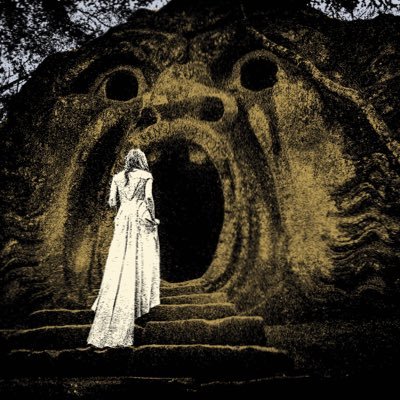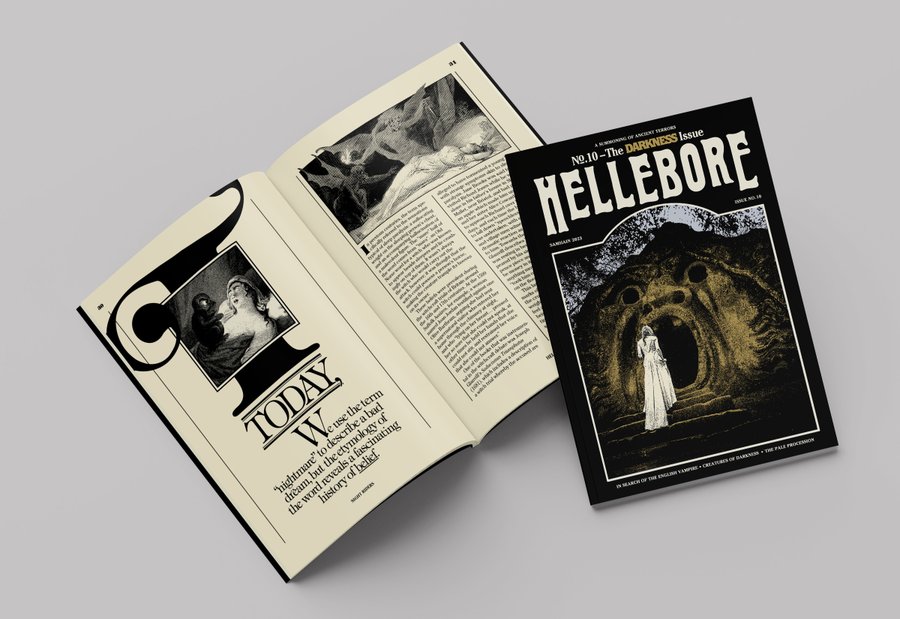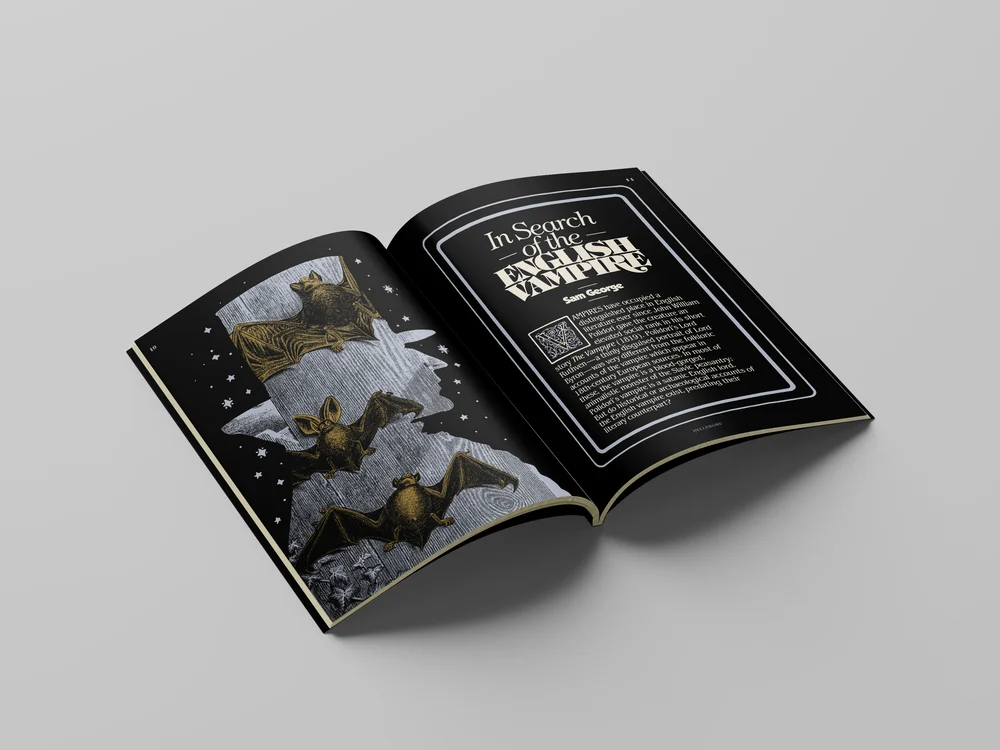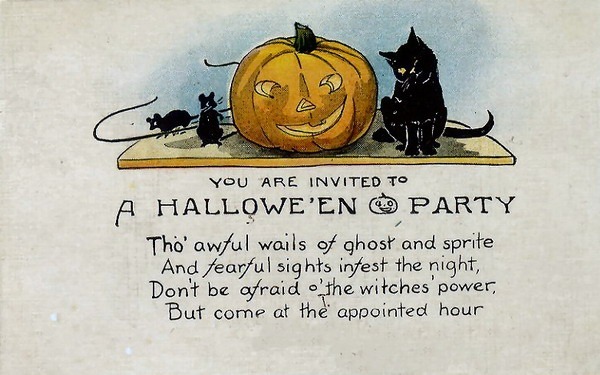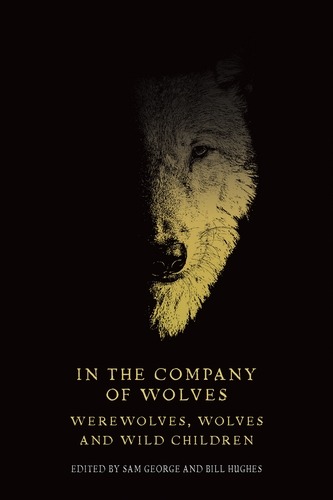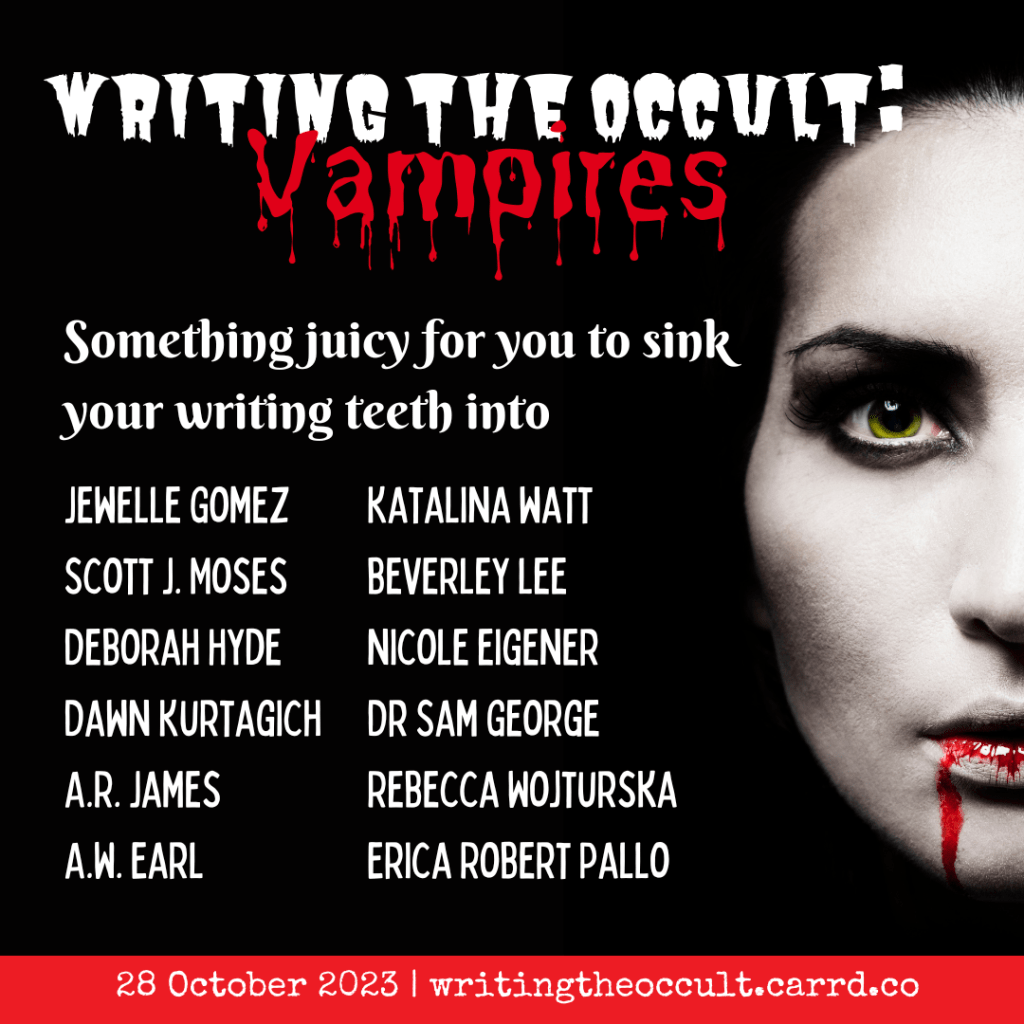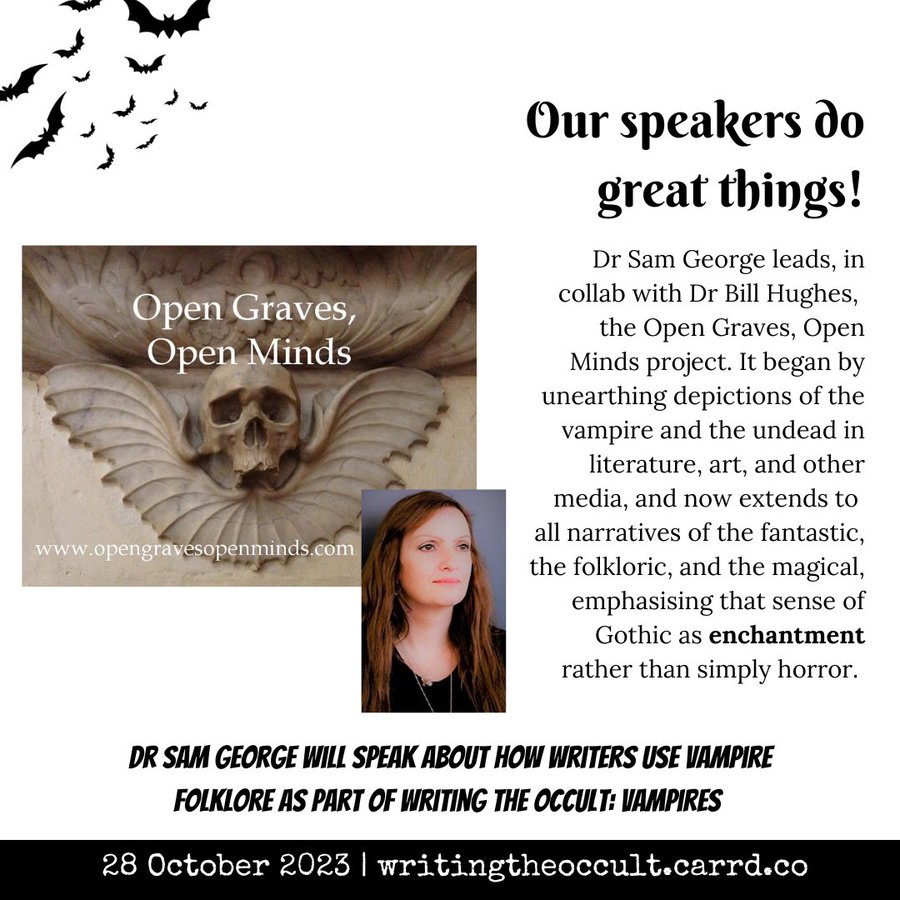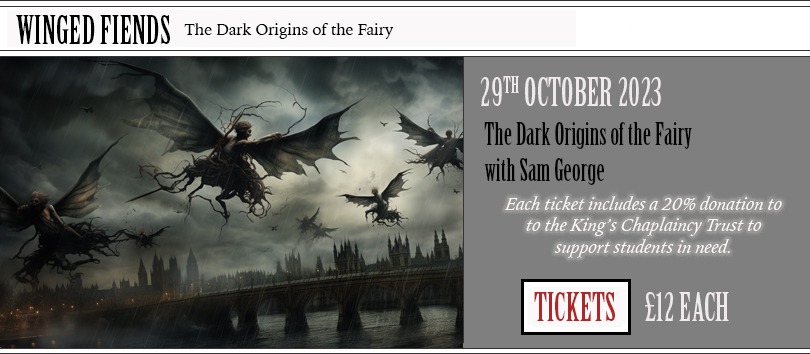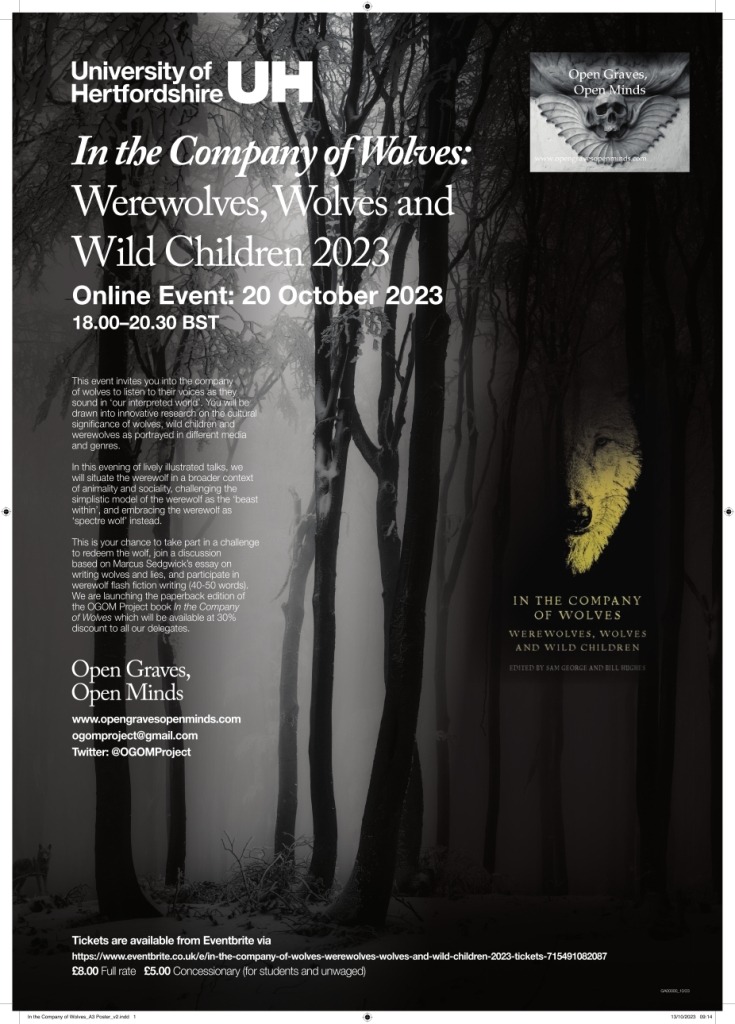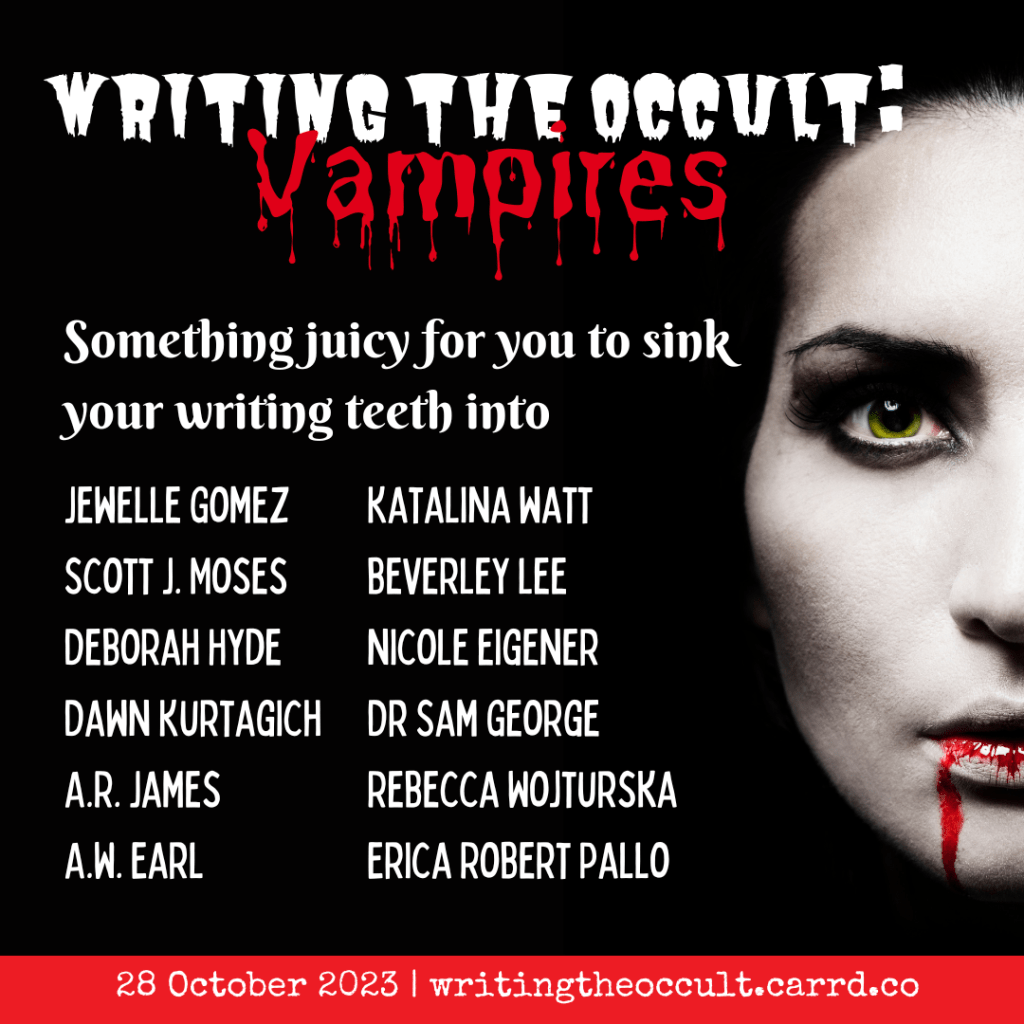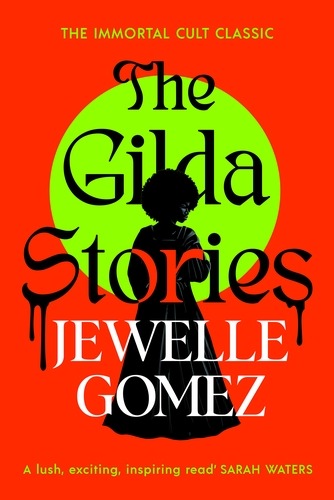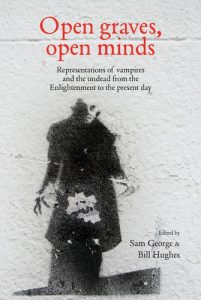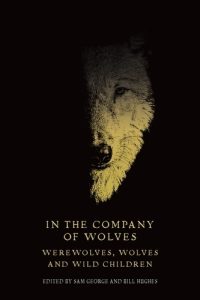Some more conference CFPs, with deadlines in February
1. Dark Economies: Sex, Scandal, and Sensation
Falmouth University, UK (in partnership with City University, Hong Kong), 2-4 July 2024
Deadline: 14 February 2024
Sex, Scandal, and Sensation is an interdisciplinary and global exploration of the role and impact of the sensational, the scandalous, and the sexual in literature, film, television, gaming, and other forms of cultural production. The conference is dedicated to the discussion of a broad range of genres and sub-genres, including Sensation Fiction and the Sensational Press; Crime Fiction and True Crime narratives; Shilling Shockers, Penny Dreadfuls and the Pulps; Romance, Erotica, and Pornographies; the Gothic in both traditional and modern forms; Thrillers on both page and screen; Bestsellers, Blockbusters, and Bonkbusters; Horror novels and films; Soap Operas and Shocking Theatre; RPG and Digital storytelling; and other genres and forms that both rely on the scandal, sensation, and sex for their effects, and explore its effects on us.
2. Return of the Gothic 1980s: Sequels, Trilogies, Multiverses & Beyond
Manchester Metropolitan University, 20–21 June 2024
Deadline: 23 January 2024
This two-day conference aims to re-evaluate the gothic proliferation, duplication, and industrial (over-)reliance on sequelisation that emerged from the 1980s studio system. [. . .]
The gothic mode informs many of the decade’s rich and iconic screen materials and aesthetics; thus, it serves as a significant starting point for the contemporary expansion (and occasional sentiment of exhaustion) with multiverse world-building and the overwhelming advancement of intra-textual material culture [. . .] This conference seeks to explore how sequels work, what rules and anomalies they produce, audience and fan expectations and exhaustion, the formulas, conventions, triumphs and failures, world-building and mythology through sequels, the industrial reliance upon sequels and franchises, and the uncanny notion that we may, still, be living in a historical sequel of the 1980s ourselves.
3. VPFA Annual Conference: ‘Places and Spaces in Victorian Popular Literature and Culture’
Victorian Popular Fiction Association, Canterbury Christ Church University (hybrid conference, in person and online with Zoom), 15-17 July 2024
Deadline: 29 February 2024
If ‘space’ is understood as an area that can be objectively measured or at least conceptualised, the construction of ‘place’ depends on a range of affective and cultural meanings at any given moment.
Victorian writing persistently maps both collective and individual experience onto fully realised ‘spaces’. But the boundaries are often permeable or unstable: actual colonial spaces becoming places of the imagination; the continuing negotiation of domestic space through ideologies of place; the growth of London changing the status of the suburbs; amateur botanists beginning to alter the ecosystem of coastal communities. [. . .]
We invite a broad, imaginative and interdisciplinary interpretation on the topic of ‘Place and Space’ and its relation to any aspect of Victorian popular literature and culture that addresses literal or metaphorical representations of the theme.
4. The Tolkien Society Seminar: Tolkien’s Romantic Resonances
The Tolkien Society, Hilton Leeds City (Free Hybrid Event), 6 July 2024
Deadline: 29 February 2024
As early as The Book of Lost Tales (1910s-1930s) Tolkien’s prose and poetry was infused with elements of the stylistics, aesthetics, and philosophies of eighteenth- and nineteenth-century Romantics. Although it has been shown that Tolkien learnt about and read a range of Romantic works, his dialogue with Samuel Taylor Coleridge’s “willing suspension of disbelief” in ‘On Fairy-stories’ has dominated the intersections between Romantic and Tolkien studies. This has overshadowed the role that Romantic influences played in the shaping of Middle-earth, as well as the Romantic legacies in Victorian literature and art that had a significant impact on Tolkien’s writing. While Tolkien clearly rejected certain forms of Romanticism, he worked within a literary tradition that was partially shaped by the Romantics.
This seminar seeks fresh and innovative readings of Tolkien’s Romantic Resonances that are in dialogue with modern scholarship on Romanticisms, Romantic aesthetics and Romantic-period histories. The seminar understands ‘Romanticism’ and the ‘Romantic’ as complex, nuanced terms that elude simplification, traditional historical markers, and solely Anglocentric readings.

